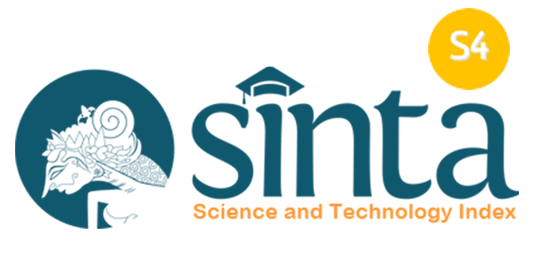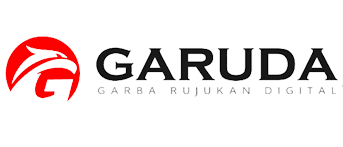Author Guidline
General Principles
Journal of Marine-Earth Science and Technology (JMEST) publishes original articles on all aspects of marine and earth. Manuscripts that are submitted should have never been published previously. JMEST doesn't accept the manuscript, which is also sent to another journal to be published to avoid plagiarism.
All of the manuscripts which are sent to JMEST will be reviewed by experts in related disciplines (peer review) and the editorial team. Authors may be required to revise their manuscripts for reasons of any aspect. Manuscripts with excessive errors in any aspect may be returned to authors for retyping or may be rejected. The published manuscript must be approved by an ethics committee or consider the ethical aspects of research that can be accounted for. Moreover, for clinical research with humans as the subjects, the certificate of approval from the ethics committee must be attached.
Manuscripts must be typed with single space on paper 210 x 297 mm (paper A4) with a maximum number of pages is 20.
Authors must submit manuscripts using the JMEST template to facilitate the review process.
Writings Rules
- Title: Times New Roman 18, Uppercase, bold, dark blue, single space.
- Author’s identity: Arial 12, Capitalize each word in bold, single space.
- Correspondence: Calibri 11, Underline, single space.
- Abstract: Calibri 11, single space.
- Subtitle: Arial 14, bold, black, single space.
- Contents: Calibri 11, single space.
- Quotation: Calibri 11, single space.
- References: Calibri 11, single space.
Language: Manuscripts should be written in English.
Author's Data: Author's full name (no abbreviation) and author's full address. For the corresponding author, add the E-mail address.
Abstract: It is a concise description (not more than 300 words) of the purpose, methods, results, and conclusions required. Keywords (not more than 10) should be provided below the abstract, the first keyword is the most important.
The equality: The main body of the paper should be in consecutive order as (1) Background, (2) Method of Research, (3) Result and Discussion, and (4) Conclusions.
Introduction: State the objectives of the work and provide an adequate background.
Methodology: Methodology can be divided into one or more sections according to the research as needed. Provide sufficient details to allow the work to be reproduced. Replace with article text, including headings where appropriate. Figures and tables can be single- or double-column width as appropriate. During the production process, they will be placed at the top or bottom of columns after they are first cited in the text.
Result and Discussion: This part should explore the significance of the result instead of repeating it. A combined Result and Discussion section is often needed. Avoid extensive citations and discussion of published literature. For figures and tables, please make sure to insert the citation at the bottom of the figures/tables. Figures should contain high enough quality for reference, and please note that individual figure files larger than 10 MB must be uploaded separately.
Conclusion: The study's main conclusions may be presented in a short Conclusions section and should be standalone after the Results and discussion section.
Acknowledgments: This section is optional. List here those individuals or institutions that provided help during the research, e.g., financiers, providing language help, writing assistance of proof reading the article, etc.
References: It is written according to IEEE format, numbered in accordance with the order of references in the research, and in accordance with the sequence number in the bibliography. Authors are recommended to use reference management software, such as: Mendeley or Zotero.
Example references style for journal
[1] N. Ahmad, R. Abdul Rahman, M. Othman, U.F. Ungku Zainal Abidin, Critical success factors affecting the implementation of halal food management systems: Perspective of halal executives, consultants and auditors, Food Control. 74 (2017) 70–78. DOI: 10.1016/j.foodcont.2016.11.031.
[2] El-Gohary, Halal tourism, is it really Halal?, Tour. Manag. Perspect. 19, Part B (2016) 124–130. Available from:
https://www.researchgate.net/publication/287817553_Halal_Tourism_Is_It_Really_Halal
Example references style for conference
[3] M. Tieman, M.C. Ghazali, Halal Control Activities and Assurance Activities in Halal Food Logistics, Procedia - Soc. Behav. Sci. 121 (2014) 44–57. DOI: 10.1016/j.sbspro.2014.01.1107.
Example references style for patent
[4] Microcapsules and emulsions containing low bloom gelatin and methods of making and using thereof, 2005. https://patents.google.com/patent/US6969530B1/en (accessed March 20, 2017).
Example references style for book
[5] M.N. Riaz, M.M. Chaudry, Halal Food Production, CRC Press, 2003.






